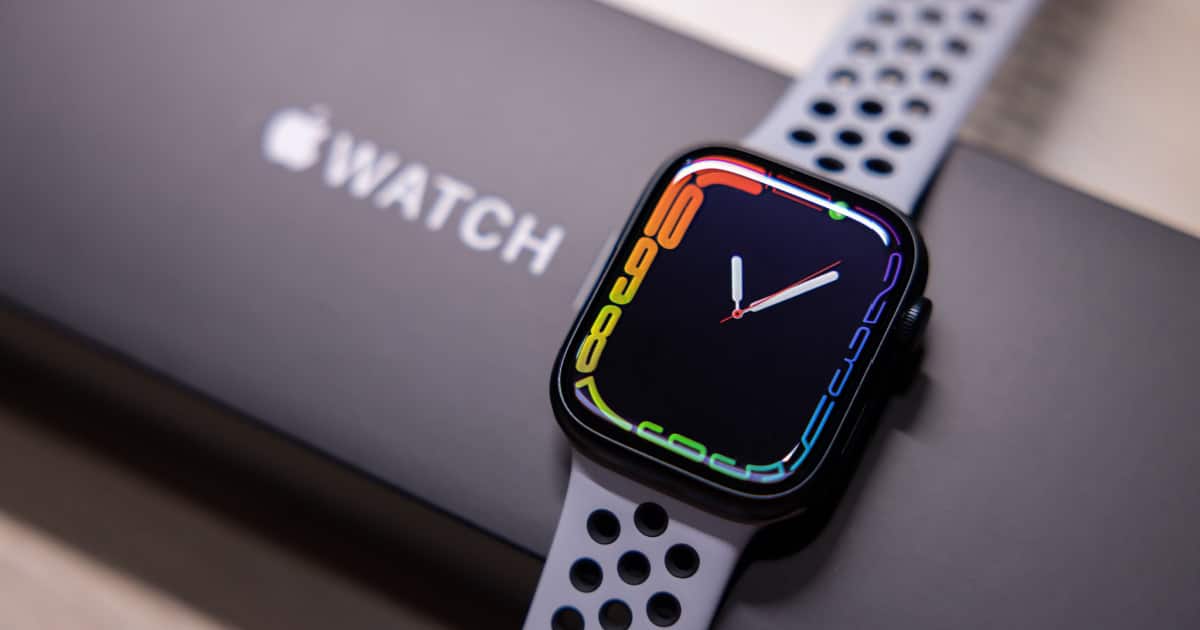The latest iteration of a twice-yearly report on U.S. teens says nearly a third of them now own an Apple Watch. The same report says 87% of U.S. teens own an iPhone, but the way the survey is conducted makes its results a bit sketchy, at best. As one analyst puts it, the survey may be useful for capturing trends, but it’s hardly representative of the U.S. as a whole.
A Semi-Annual Generation Z Survey of Teens, But Which Ones Really Own an Apple Watch?
Twice a year, investment banking giant Piper Sandler publishes its Taking Stock With Teens report. For this edition, the firm polled 14,500 U.S. teenagers between Aug. 12 and Sept. 23. The findings were particularly interesting, as they suggest a growing number of teens own an Apple Watch and more plan to purchase one.
Of the respondents, 31% reported owning an Apple Watch. Another 16% plan to buy one. This survey follows a report from The New York Times highlighting a growing trend of U.S. parents purchasing the Apple Watch as a stopgap cell phone for children as young as five.
The trouble is, which teens did Piper Sandler survey? According to Phillip Elmer-Dewitt, that’s the important distinction. His take is that the survey, while comprehensive, focuses too much on the more affluent suburbs in the U.S. These teens, of course, would be far more able to afford the expense of any smartwatch, especially an Apple Watch
’Lies, Damned Lies, and Statistics’ Persist Even Today
Truthfully, it shows the same trouble with applied statistics that Mark Twain wrote about in 1907. In his Chapters from My Autobiography, Twain wrote that “Figures often beguile me.” He went on to quote British Prime Minister Benjamin Disraeli that there are “three kinds of lies: lies, damned lies, and statistics.”
The criticism is quite applicable here. Piper Sandler wants us to believe nearly a third of teens throughout the United States own an Apple Watch, and 87% own an iPhone. However, the study’s sample is hardly representative of the country as a whole.
Instead, the survey “continues to oversample North America’s well-heeled suburbs.” Think about, for example, a survey of teens focusing on the youth of Beverly Hills, but applying the findings to the entire Los Angeles metropolitan area. For folks on the East Coast, we’re talking about polling teenagers from Short Hills, New Jersey, and ascribing the same percentages to youth living in the Bronx.
Apple Watch May Dominate Market, But Not That Much
Yes, any U.S. teenagers who wear a smartwatch are probably sporting an Apple Watch. That’s hardly debatable, considering reports regularly show Apple’s wearable selling more than three times the watches as its nearest competitor.
Furthermore, the latest Apple Watch SE 2 is bound to solidify the Cupertino-based tech giant’s lead in that market. Its price is low enough and the features plentiful enough to be popular among parents for their children. The wearable offers parents a way of tracking their children as well as communicating with them, without the expense and risk of an iPhone.
Just don’t expect me to believe almost a third of all teenagers in the U.S. have the Apple Watch when so many of their parents can barely afford rent, food and clothing for them. It’s simply not a realistic analysis of purchasing power or patterns right now.

Jeff:
As one whose profession obligates the routine use of statistics, and having both seen and used this quote in lectures and writings, permit a modest defence of statistics.
Where the public tend to sort them with lies has less to do with the numbers themselves than with either poorly designed ‘studies’ or surveys, such as the one in question, or with the incomplete understanding of the limits of inference from those statistics.
In both cases, the core issue is one of ‘representativeness’, namely accurately does the survey sample the true ‘at risk’ population (the general population exposed to the opportunity to purchase an Apple Watch). This is often referred to as ‘external validity’ – how representative is the sample survey to the general ‘exposed’ population.
Poor survey design is often a reflection of poor training or understanding on the part of the scientists or others who conducted the survey. Study design is a separate discipline from the expertise that many scientists, social or otherwise, may have for their primary skill set. I cannot tell you how often, when I review manuscripts for peer-reviewed journals, or proposals for funding, the design of the study is so flawed that the data it acquired cannot answer the core question of the study. Worse, some of these studies get published and inform policy, although thankfully, in an age of social media and global communication, that is a rapidly diminishing outcome.
Still, casual observation confirms that there be many an Apple Watch ⌚️ on wrists across all age groups associated with watch wearing.
Don’t get me wrong, I don’t totally disagree with the use of statistical analysis. However, in your case, there is peer review. There are Institutional Review Boards. These help to ensure a data set is collected that is actually representative of the population as a whole.
Piper Sandler does none of that and, in fact, continues to suggest that what is true of affluent teenagers is true of all teenagers, despite their economic means.